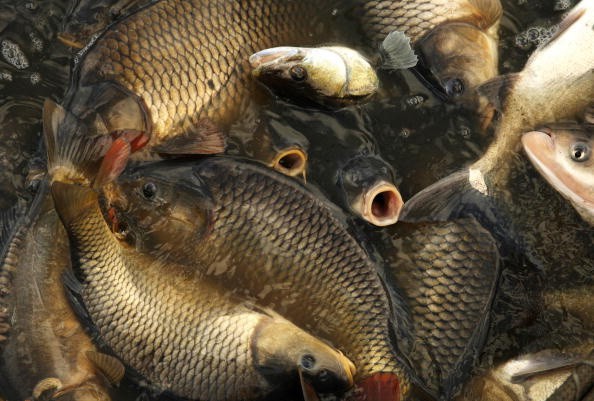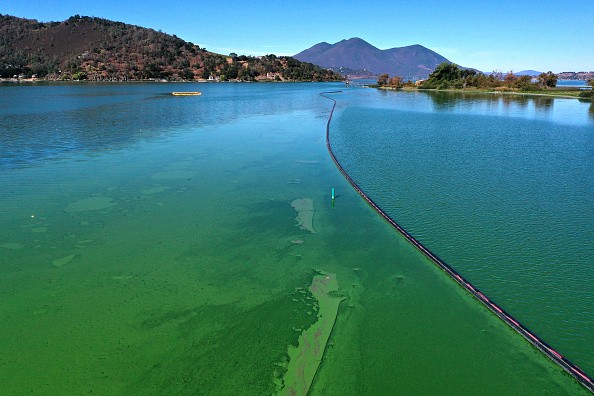A new study discovered that some invasive species which are not native to a certain region can disturb lakes until it gets to the point of rapid ecosystem collapse, polluting drinking water, as well as water for aquaculture, and recreation.

Invasive Species
Human activity and climate change are prompting invasive non-indigenous species to spread at a fast rate all over the world.
Researchers have discovered that some type of invasive species is capable of pushing lake ecosystems to the extent of exceeding a critical 'tipping point', leading to an unexpected shift from healthy to deteriorated conditions that is difficult to change.
It was discovered that invasive fish like Asian silver carp (Hypophthalmichthys molitrix) as well as crustaceans like American signal crayfish (Pacifastacus leniusculus), significantly decrease the profusion of other useful organisms in lakes, degrading the quality of water.
Published on the 7th of October in the journal Global Change Biology, the findings also give guidance on the ideal ways waterbodies can be managed.
Also Read: Invasive Species: Pest Plants and Animals Caused $1.7 Trillion in Damages Worldwide
States of a Lake
Naturally, lakes with no depth exist in one among the two alternative stable states. Either it is healthy meaning it has clear water with an abundance of vegetation or degraded meaning it has cloudy water containing a lot of algae.
During the latter state of a lake, algae exhaust all the nutrients in the water, preventing the penetration of sunlight, as well as the development of aquatic vegetation that would help the recovery of the ecosystem.
Deteriorated freshwater ecosystems filled with algae also endanger human health and water security. Blooms of cyanobacteria, referred to as 'blue-green algae' can generate toxins that are capable of contaminating food webs and poisoning water supplies.
Dr. Sam Reynolds from the Department of Zoology at the University of Cambridge who is the first author of the report said: "Algal blooms represent one of the most significant threats to the security of the Earth's surface freshwaters. Simply undoing the circumstances that triggered a tipping point will not restore the ecosystem-the road to recovery is slow and steep."

Impact of Invasive Species on Ecosystem
However, in spite of the fact that invasive species are regarded as a significant threat to global biodiversity, there is a possibility their impacts on ecosystem services are not all negative.
It was discovered that zebra mussel Dreissena polymorpha, invasive molluscs, engineer a different environmental and biological response. They slow ecosystem collapse and possibly help degraded lake ecosystems to recover.
Senior author of the report, Professor David Aldridge said: "Managers of drinking water reservoirs, for example, may be able to avoid the cost of dealing with blooms of harmful algae, by removing invasive crayfish but allowing established non-native zebra mussels to remain and act as biological filters."
He added saying their first line of attack should always be early detection and quick response plans.
The researchers placed their concentration on shallow lake ecosystems, but reveal that their framework could be employed in other critical ecosystems like kelp forests, desert shrublands, and coral reefs that undergo disastrous tipping points.
Related Article : Growth of Damaging and Invasive Species Linked To Pet Trade
For more news, updates about invasive species and similar topics don't forget to follow Nature World News!
© 2025 NatureWorldNews.com All rights reserved. Do not reproduce without permission.





